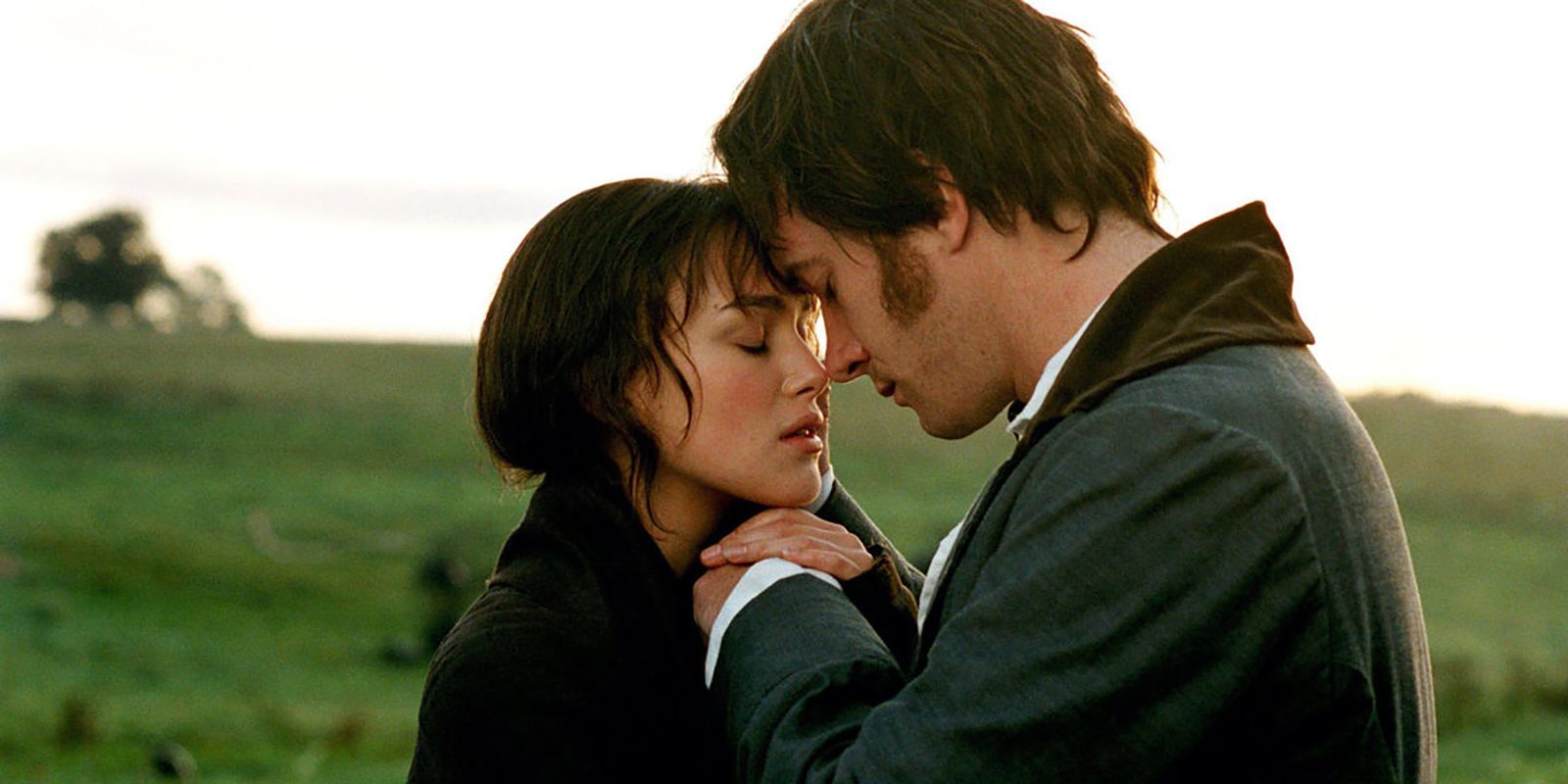Lights, Camera, Action!
Drama (along with comedy) were the earliest genres in cinema, and to this day they've held on to their popularity. Reaching a total of 36.89 billion dollars on box office revenue in North America from 1995 to 2020, drama films are arguably one of the most popular and successful film genres. Drama as a whole is a very broad subject, including various subgenres such as psychological dramas and historical dramas, which all contributed to the mass success of the drama genre.
Content:
Dramas consist of a serious presentation of settings or real-life situations that portray realistic characters in conflict with themselves, others, or the forces of nature. Overall, these films are extremely character-driven as opposed to plot-driven. Though subgenres like the ones mentioned above add more plot to the narrative, at the end of the day dramas driven by the characters, who they are, and what they do.
Ex: Though Joker and The Help have insanely different plots, both of these movies portray realistic characters in real-life settings, such as a man who faces mental health issues and a woman who faces racial discrimination.
Production Techniques:
Because drama's are centered around a character themselves, shots and angles that develop characters as well as their relationships with others are used constantly throughout the film. Some of these may include close ups, which creates intimacy between viewers and the character, as well as two shots, which are used specificially to create a dinamic between two characters. Long shots are also commonly used throughout this films to establish a setting while also allowing viewers to see the characters full range of motion.
Drama films also use editing, lighting, and set design as a way to represent the characters feelings, for example when a character is at their low, this can be represented through low key lighting as well as a set desgign of primarly dark blues.
This long shot was used in Marriage Story as a way to establish how alone the character felt.
This two shot from Pride & Prejudice demonstrate how the relationship between these to characters has evolved
This close up of Fake creates intimacy between the audience and the character while also developping his role as an artists.
Marketing:
Drama films have a relatively large demographic, however the target audience does lean towards women as well as older generations. This varies along each subgenre, for example period dramas tend to have a demographic of 17-45 year old women while war dramas tend to be mostly male. This is a great thing for drama films as their able to reach people of all ages, race, and gender because of the large variety of content they can produce. Trailers tend to include shots that establish the characters as well some long shots to establish more of the plot. The movie posters also tend to focus on portraying the main subject of the film, which would be the main character.




No comments:
Post a Comment